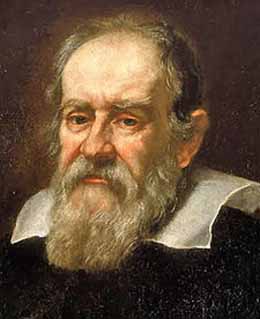The web version of this project is a space for thinking, teaching, and connecting tools with ideas and content about the Italian polymath Galileo Galilei (1564-1642), what he wrote, and the books and manuscripts around him.

Portrait of Galileo (1635) by Justus Sustermans.
The “Galileo’s Library” suite of digital humanities projects and related publications ask many questions: What is a library? What are the best digital tools for recreating a library as an intellectual artifact? How does one digitally navigate a book collection as a learning tool? What kinds of computation are possible with data about a historical library? Descriptions of libraries often rely on the geographical or historical coverage of the objects, the books’ textual content, or even the networks of ideas and people they represent. In the case of Galileo’s library, all of this data is partially incomplete. Given Galileo’s impact on astronomy, natural philosophy, mathematics and his influence on poets, playwrights, and artists, the relationships between ideas are important to document. It is a story about literature and science and the mutual inspiration that one provides to the other.
The books in Galileo’s possession were dispersed upon his death, but primary and secondary sources indicate details about what his library may have included. Primary sources include his correspondence, his explicit citations of certain authors, and extant books that contain his marginalia. Documents that describe books inherited by Galileo’s daughter-in-law can be found at the Florentine Archivio di Stato and the list of books inherited by his grandchildren can be found at the Biblioteca Nazionale Centrale di Firenze. A first compilation of these materials was attempted by a group of researchers led by Antonio Favaro in the late 19th century. The results were published as a catalog in 1886 (“La Libreria di Galileo Galilei descritta ed illustrata“), an appendix in 1887 (“Appendice Prima“), and a final set of revisions in 1896 (“Appendice Seconda”). More recent scholars have devoted considerable attention to Galileo’s intellectual development and the sources of his philosophical and mathematical ideas. The results of this critical work and a history of Galileo’s books were summarized in Professor Hall’s article in Galilaeana “Galileo’s Library Reconsidered” and expanded considerably in her forthcoming book Galileo’s Library: Data, Methods, and the Humanities.
- Visit the site for the book. (Under development)
- Explore the Experiments that customize tools for analyzing and perusing the library.
- Take a look at the underlying Data Sets that fuel the analysis.